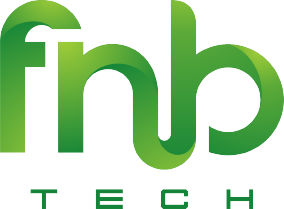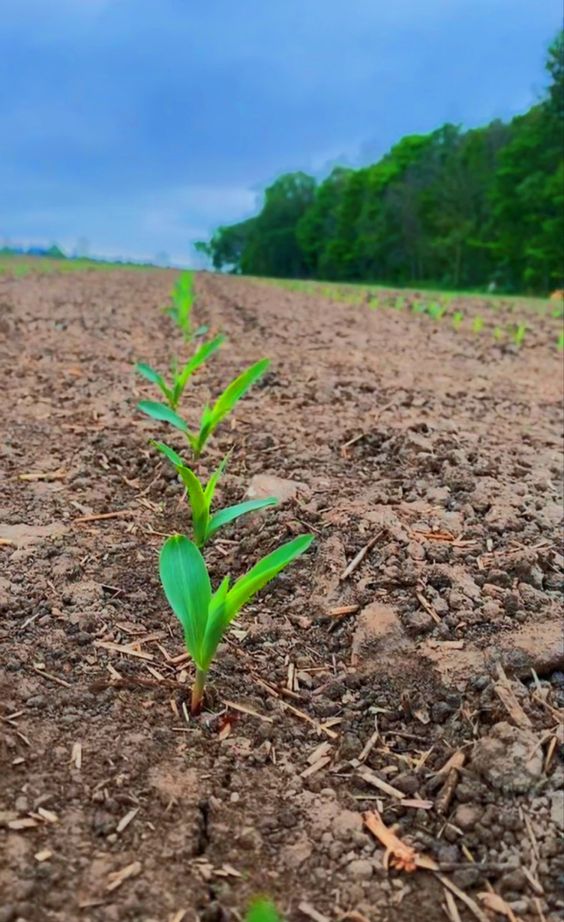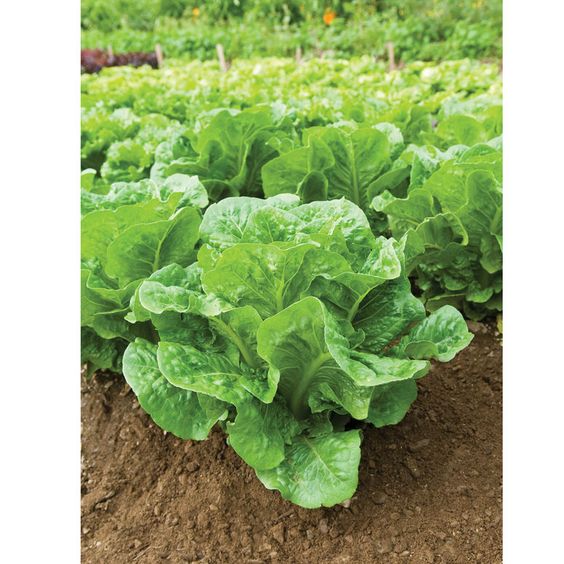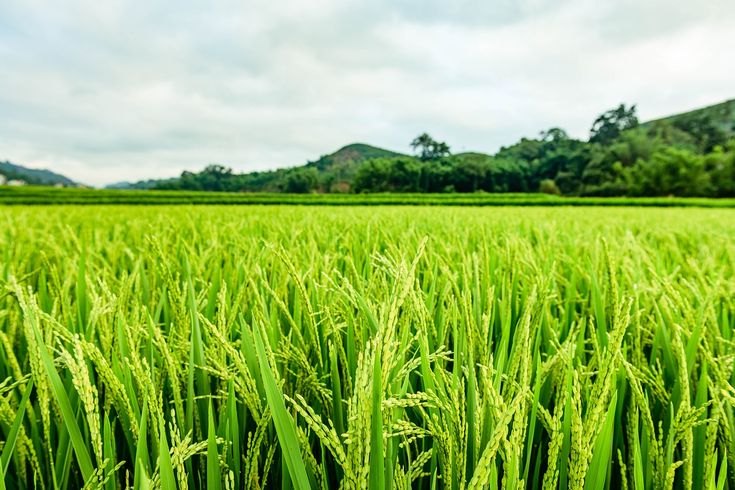The Power of Precision: How Efficient Land Management Drives Smart Agriculture
Land Management Drives is undergoing a significant transformation. With a growing global population and a finite amount of arable land, farmers are facing immense pressure to optimize their operations and maximize yields. This is where Smart Agriculture, a technology-driven approach to farming, steps in. But at the heart of Smart Agriculture lies a crucial concept: efficient land management.
Introduction: Understanding the Need for Efficiency
Traditional agricultural practices often rely on broad, one-size-fits-all approaches. Farmers may apply the same amount of fertilizer, water, and pesticides across the entire field, regardless of individual variations. While seemingly straightforward, this approach can be wasteful. It can lead to over-application of resources in some areas, while neglecting the specific needs of others. This not only impacts profitability but also contributes to environmental concerns like water pollution and soil degradation.
Efficient land management, a key component of Smart Agriculture, addresses these issues by promoting a data-driven, targeted approach. By leveraging technologies like sensors, aerial imagery, and software, farmers can gain a deeper understanding of their land. They can identify variations in soil health, moisture levels, and crop growth across different regions of the field. This empowers them to make informed decisions for each specific area, optimizing resource allocation and fostering a more sustainable approach.
Pillars of Efficient Land Management in Smart Agriculture
Several key pillars contribute to efficient land management within the Smart Agriculture framework:
-
Data Collection and Analysis: Sensors embedded in the soil or attached to farming equipment can collect real-time data on various parameters, including soil moisture, temperature, nutrient levels, and crop health. Additionally, drones equipped with multispectral cameras can capture detailed aerial images, revealing variations in crop growth and potential problem areas. This wealth of data is then analyzed using specialized software, generating valuable insights that inform decision-making.
-
Precision Input Management Land Management Drives: Armed with data on specific field variations, farmers can move away from blanket applications. Variable Rate Technology (VRT) allows for the targeted application of inputs like fertilizers, pesticides, and water. This ensures that each area receives the precise amount it needs, minimizing waste and maximizing efficiency.
-
Zone Management Land Management Drives: Advanced data analysis can reveal distinct zones within the field, each with unique characteristics. Based on this information, farmers can create zone-specific management plans, tailoring practices for each area. This ensures that crops receive the most suitable care, promoting optimal growth and minimizing risks.
-
Precision Irrigation Land Management Drives: Water scarcity is a pressing concern for global agriculture. Smart irrigation systems utilize sensors to measure soil moisture levels in real-time. This allows farmers to irrigate only when necessary and in precise amounts, significantly reducing water waste. Techniques like drip irrigation further enhance efficiency by delivering water directly to the root zone of plants.
-
Crop Health Monitoring: Sensors and drones can be used to monitor crop health throughout the growing season. By identifying potential issues like pest infestations or diseases early, farmers can take timely action with targeted interventions. This minimizes crop damage and the need for broad-spectrum pesticides, promoting a more sustainable approach.
Benefits of Efficient Land Management
The implementation of efficient land management practices within Smart Agriculture offers a range of benefits for farmers, the environment, and consumers:
- Increased Yields: By precisely addressing the needs of each area within the field, farmers can optimize crop growth and maximize yields.
- Reduced Resource Waste: Precise input management minimizes the use of fertilizers, pesticides, and water, leading to cost savings and a smaller environmental footprint.
- Improved Sustainability: Efficient land management promotes soil health, water conservation, and reduced reliance on chemical inputs, contributing to a more sustainable agricultural ecosystem.
- Enhanced Farm Profitability: Increased yields, reduced resource waste, and optimized operations contribute to improved farm profitability.
- Safer Food Production Land Management Drives: Minimizing pesticide usage helps ensure safer food for consumers and reduces the risk of environmental contamination.
Challenges and Considerations for Implementation Land Management Drives
While the benefits of efficient land management are undeniable, it’s important to acknowledge the challenges:
- Technology Adoption Costs: Implementing Smart Agriculture technologies like sensors, drones, and software can involve upfront investments. This might be a barrier for smaller farms with limited resources.
- Technical Expertise Land Management Drives: Utilizing Smart Agriculture effectively requires a certain level of technical knowledge. Training programs and support structures are crucial for farmers to learn and adapt to new technologies.
- Data Security Concerns Land Management Drives: As agriculture becomes increasingly data-driven, concerns around data security and privacy need to be addressed with robust security protocols.
The Future of Efficient Land Management Drives
Smart Agriculture, with efficient land management at its core, represents the future of sustainable food production. As technology advances and costs become more accessible, adoption is expected to accelerate. Collaboration between governments, research institutions, agricultural technology companies, and farmers will be crucial to bridge the knowledge gap, ensure equitable access to technology, and create a robust support infrastructure.




